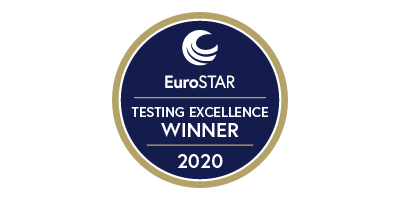What you will learn
- Improve collaboration skills in paired and grouped hands-on work
- Build mutual understanding and respect for different skill sets
- Learn how to foster collaboration in teams, in times of remote work
Session Details
- Intermediate
- 3.5 Hours
- Interactive Tutorial
- Methods of Collaboration
Session Speaker


Maaret Pyhäjärvi
Principal Test Engineer – Vaisala, Finland
Maaret Pyhäjärvi is an exploratory tester extraordinaire with a day-job at Vaisala as Principal Test Engineer. She is an empirical technologist, a tester and a (polyglot) programmer, a catalyst for improvement, a speaker and an author, and a community facilitator. She has been awarded the two prestigious global testing awards, Most Influential Agile Testing Professional Person 2016 (MIATPP) and EuroSTAR Testing Excellence Award (2020), and selected as Top-100 Most Influential in ICT in Finland 2019&2020. She’s spoken at events in 25 countries delivering over 400 sessions. With 25 years of exploratory testing under her belt, she crafts her work role into a mix of hands-on testing and programming, and leading and enabling others. She leads TechVoices enabling new speakers, blogs at https://visible-quality.blogspot.fi and is the author of three books: Ensemble Programming Guidebook, Exploratory Testing and Strong-Style Pair Programming.
More sessions from this speaker
EuroSTAR 2023 Keynote
Whose Test Is It Anyway?
09:00-10:00 Thursday 15th June

Mirja Pyhäjärvi
Senior Tester – Mezzoforte, Finland
Mirja Pyhäjärvi works as a senior tester at Mezzoforte, working on the largest online auction site in Finland. She is a career changer from the service industry where she learned about navigating different kinds of people, and has advanced from trainee to senior in three years. Her specialty is combining extensive knowledge acquisition of connections of features in her product with good understanding on what problems matter, and capturing things in GUI and API automation while facilitating developer participation.
Stay in the Loop
We want to ensure you never miss important announcements, updates and special offers from EuroSTAR.